Surge in Gaming Applications
The head mounted-display market is experiencing a notable surge in gaming applications, driven by the increasing popularity of immersive gaming experiences. As gamers seek more engaging and interactive environments, the demand for head mounted displays has escalated. In 2025, the gaming segment is projected to account for approximately 45% of the overall market share, reflecting a significant growth trajectory. This trend is further supported by advancements in graphics technology and the development of virtual reality (VR) games that require high-performance head mounted displays. The integration of social features in gaming platforms also enhances user engagement, thereby propelling the head mounted-display market forward. As a result, manufacturers are focusing on creating devices that offer superior visual fidelity and lower latency, which are crucial for an optimal gaming experience.
Expansion in Healthcare Applications
The head mounted-display market is witnessing expansion in healthcare applications, as medical professionals increasingly adopt these devices for training and surgical procedures. The use of augmented reality (AR) and virtual reality (VR) in medical education allows for realistic simulations, enhancing the learning experience for students and practitioners alike. In 2025, the healthcare segment is expected to represent around 20% of the market, indicating a growing recognition of the benefits these technologies offer. Furthermore, head mounted displays are being utilized in telemedicine, enabling remote consultations and improving patient outcomes. This trend suggests that as healthcare providers continue to embrace innovative technologies, the head mounted-display market will likely see sustained growth driven by the need for enhanced training and patient care.
Growth in Remote Collaboration Tools
The head mounted-display market is benefiting from the growth in remote collaboration tools, as businesses increasingly adopt these technologies to facilitate communication and teamwork. With the rise of remote work, head mounted displays are being utilized to create virtual meeting environments that enhance collaboration among geographically dispersed teams. In 2025, the remote collaboration segment is expected to represent around 10% of the market, reflecting a shift towards more interactive and engaging communication methods. This trend indicates that as organizations continue to prioritize effective collaboration, the demand for head mounted displays will likely increase. Companies are investing in these technologies to improve productivity and foster a sense of presence among team members, which is essential for successful project outcomes.
Rising Demand in Industrial Training
The head mounted-display market is seeing increased demand in industrial training, as companies seek innovative solutions to enhance workforce skills and safety. Industries such as manufacturing and construction are increasingly utilizing head mounted displays for training purposes, allowing employees to engage in hands-on learning experiences without the risks associated with real-world scenarios. In 2025, the industrial training segment is projected to account for approximately 15% of the market share. This shift towards immersive training solutions is driven by the need for efficient onboarding processes and the reduction of training costs. By leveraging head mounted displays, organizations can provide employees with realistic simulations that improve retention and understanding of complex tasks, thereby fostering a more skilled workforce.
Increased Investment in Research and Development
The head mounted-display market is witnessing increased investment in research and development, as companies strive to innovate and enhance their product offerings. This trend is driven by the competitive landscape, where manufacturers are focused on developing advanced features such as improved resolution, field of view, and user interface. In 2025, R&D expenditures in the head mounted-display market are projected to rise by approximately 25%, indicating a strong commitment to technological advancement. This investment is crucial for addressing consumer demands for higher quality and more versatile devices. As companies continue to push the boundaries of what head mounted displays can achieve, the market is likely to experience accelerated growth, driven by the introduction of cutting-edge technologies and applications.

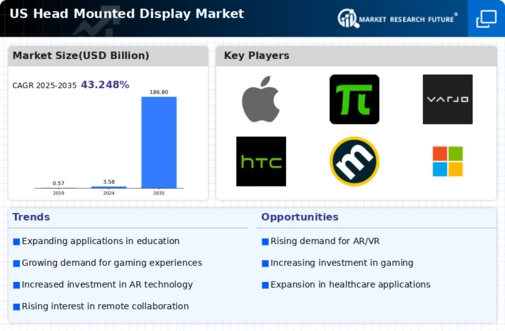
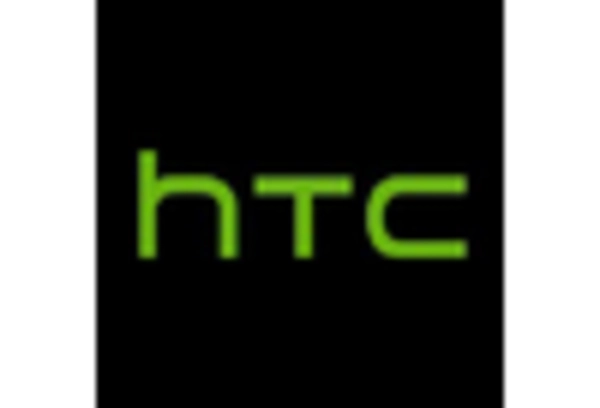

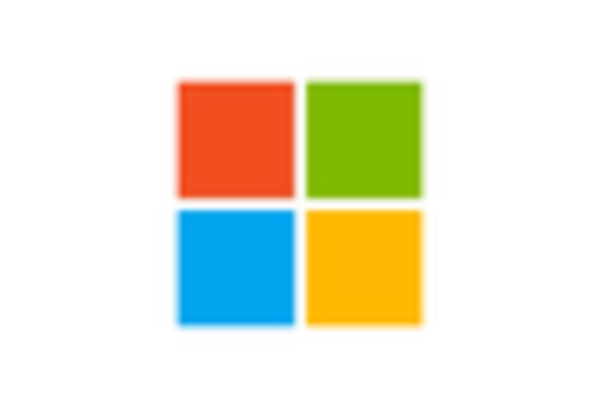
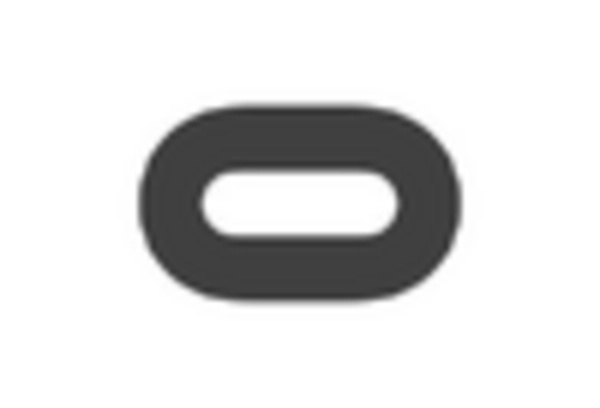

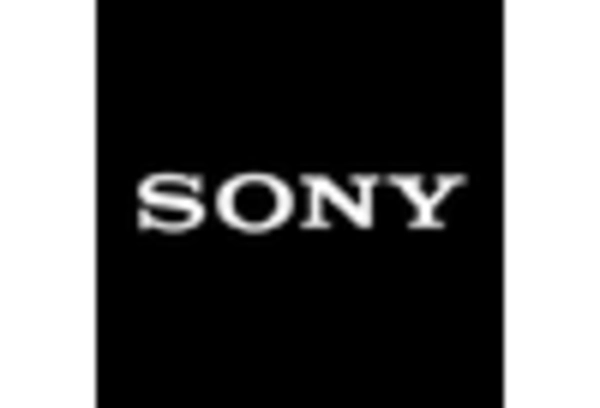








Leave a Comment